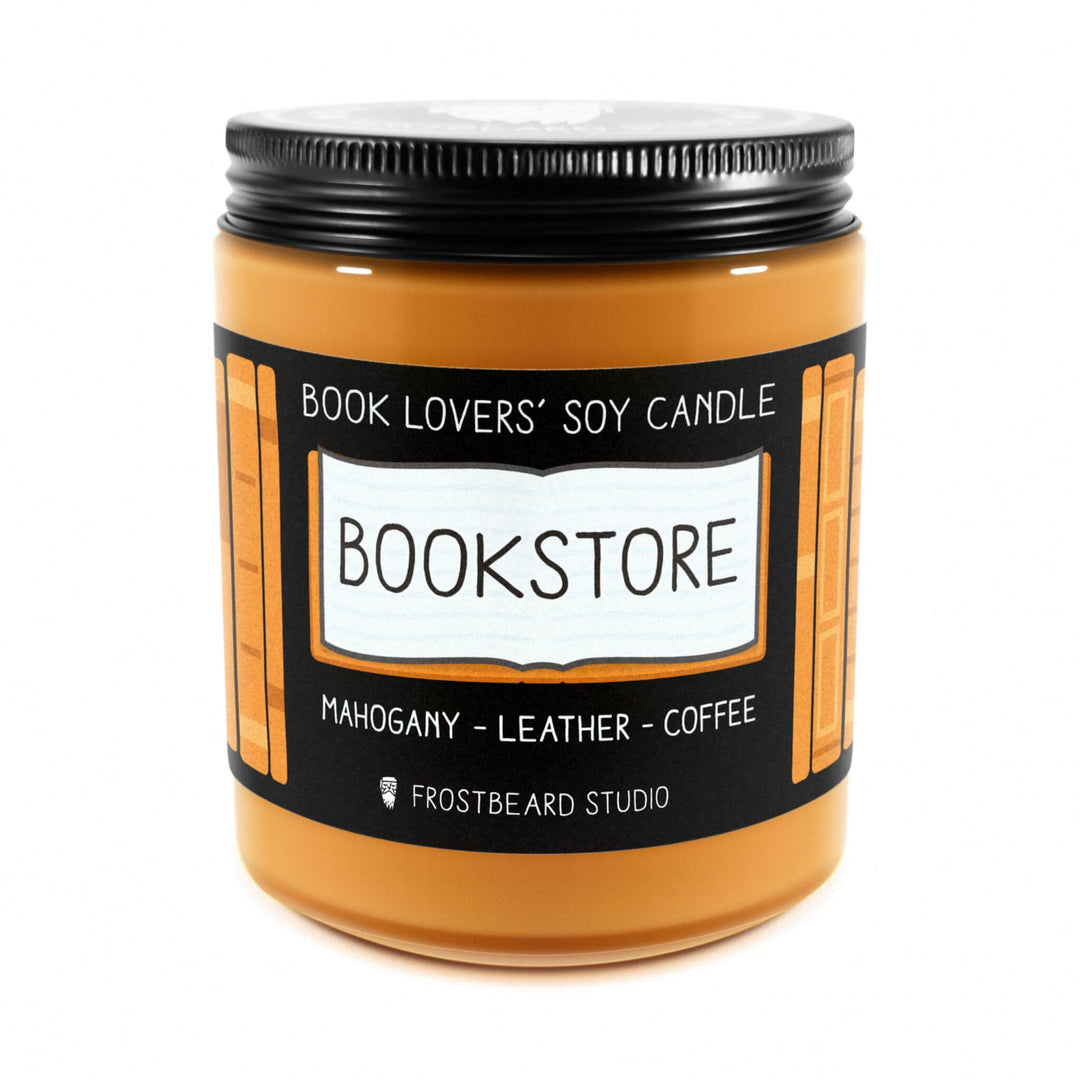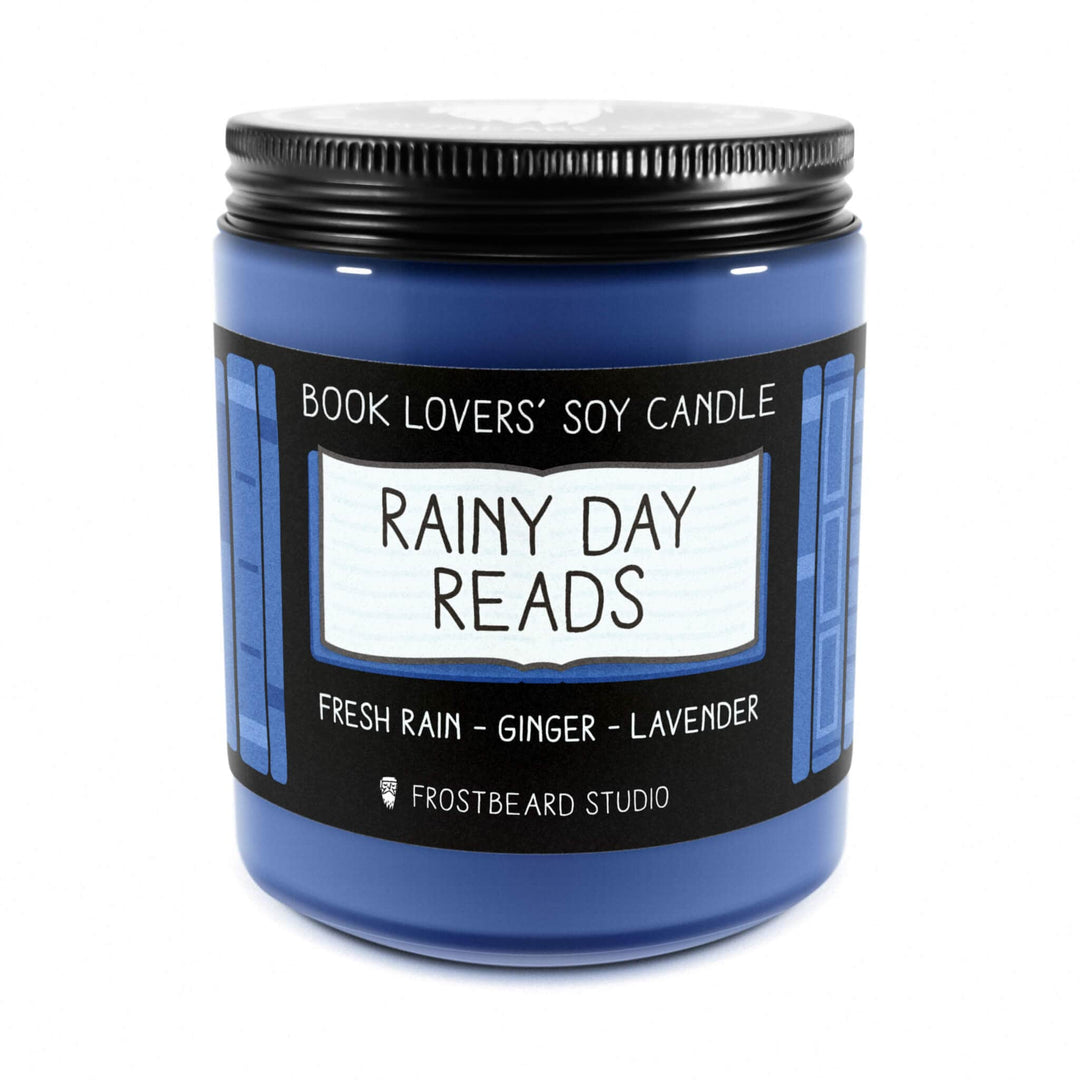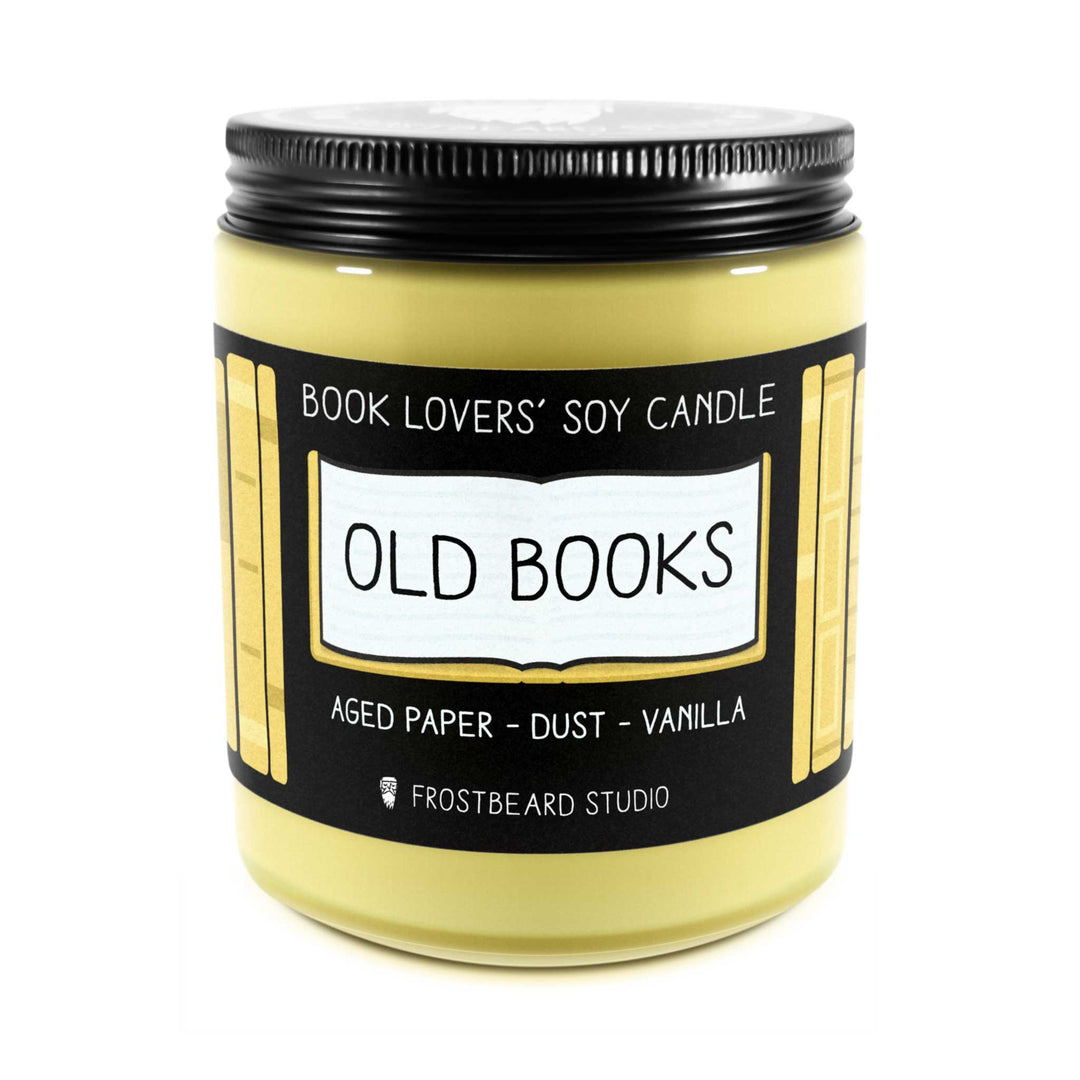Fantasy Maps: Enhancing Your Reading Experience
Fantasy Maps: Enhancing Your Reading Experience
Fantasy book map enthusiasts know that a well-crafted map can lift your reading experience by immersing you into the fictional world. Here's a quick look at why fantasy book maps matter:
- Visualize the World: Helps readers picture the setting.
- Track Journeys: Makes following characters' trips easier.
- Improve Storyline: Adds depth and context to the narrative.
- Immersion: Creates a more engaging and detailed reading experience.
Fantasy maps serve as a vital tool in world-building, assisting authors in constructing imaginative universes that readers can dive into. From the winding streets of Ketterdam in "Six of Crows" to the magical landscapes in "We Hunt the Flame," these maps breathe life into the stories.
As the co-founder of Frostbeard Studio, I've seen how incorporating elements from these fantastical worlds can deepen readers' connections to the stories they love. With a background in Studio Art and English Literature, I have a deep appreciation for the intricate design and storytelling involved in crafting a fantasy book map.

Common fantasy book map vocab: - best fantasy book characters - fantasy trip novels - best magic fantasy books
Why Fantasy Books Need Maps
Fantasy book maps aren't just pretty pictures; they serve crucial roles in enhancing the reading experience.
Reader Perspective
Maps help readers visualize the world. Imagine trying to follow Frodo's journey to Mordor without J.R.R. Tolkien's detailed maps of Middle-earth. Maps make it easier to picture the setting, track characters' trips, and understand the geography of the story.
Narrative Alignment
Maps provide narrative alignment by anchoring the story in a tangible space. They show how different locations relate to each other and to the overall plot. This is especially important in complex stories with multiple settings.
Stefan Ekman, a scholar of fantasy literature, notes that maps can even act as a form of narrative control, helping to maintain consistency in the storyline.
World-Building
Fantasy maps are essential for world-building. They help authors create realistic and immersive settings. By detailing everything from mountain ranges to tiny villages, maps flesh out the world and make it more believable.
Consider the richly detailed map of Ketterdam in "Six of Crows," inspired by real-world cities like Amsterdam and London. This map adds depth to the story, making the city feel alive and real.
Case Study: The Witcher
The interactive map of "The Witcher" series on Netflix is a great example of how maps can improve the storytelling experience. It allows viewers to track key events and understand the lore better.
Immersion
Finally, maps add a layer of immersion. They draw readers deeper into the story, making them feel like part of the world. The beautifully detailed map in "We Hunt the Flame" invites readers to explore every corner of the fictional land, enhancing their connection to the story.
In summary, fantasy book maps are more than just decorative elements. They improve visualization, align the narrative, support world-building, and deepen immersion. Next, let's dive into how to create a fantasy book map that accomplishes all these goals.
How to Create a Fantasy Book Map
Step-by-Step Guide
Creating a fantasy book map can seem daunting, but breaking it down into steps makes it manageable and fun. Here's a guide to help you craft a detailed and engaging map for your story.
1. Define Your World’s Scope
Size: Decide if your map will cover a continent, a nation, or a smaller region. This will determine the level of detail you need.
Scale: Consider how much detail to include. Do you want to show cities, towns, roads, and geographical features? A larger map might only show major landmarks, while a smaller one can include more specifics.
2. Choose a Layout
Geographical Features: Start by sketching out mountains, rivers, forests, and oceans. These elements greatly influence climate and culture. For instance, a mountain range can act as a natural barrier, affecting travel and trade routes.
Landforms: Think about elevation changes like valleys and plateaus. These affect travel and settlement patterns. For example, cities often develop in fertile valleys or near water sources.
3. Establish Regions
Biomes: Different regions can have distinct climates, such as deserts, tundras, and jungles. Each biome affects the flora and fauna, adding realism to your world.
Cultures: Consider how different cultures might inhabit various regions based on geography. This can influence their architecture, lifestyle, and trade. For instance, coastal cultures might be expert sailors, while mountain dwellers could be skilled miners.
4. Add Locations
Cities and Towns: Place major cities along trade routes, rivers, or fertile land. Their location will affect their growth and importance. For example, a city at a river's mouth might be a busy trade hub.
Landmarks: Add unique features like ancient ruins, castles, or mystical sites. These can serve as plot points and add depth to your story.
5. Create a Legend
Symbols: Develop a key for symbols used on the map, like a tree for forests or a castle for strongholds. This makes your map easier to read.
Names: Give names to regions, cities, and landmarks that reflect the culture and history of your world. A well-chosen name can add to the story's immersion.
6. Consider Transportation
Paths and Roads: Determine how people travel between locations. This can include roads, trade routes, or even magical pathways. For instance, a well-maintained road might indicate a prosperous and organized kingdom.
Accessibility: Think about how terrain affects movement and trade. Mountains might slow travel, while rivers could speed it up.
7. Visual Style
Artistic Approach: Decide whether you want a hand-drawn look, a digital design, or a traditional cartographic style. Each style can convey a different feel.
Color Scheme: Use colors to represent different terrains and regions. This makes the map visually appealing and easier to understand.
8. Refine and Finalize
Details: Add labels, borders, and decorative elements to improve the map's aesthetic. Small details can make a big difference.
Feedback: Share your map with others for feedback and make adjustments as needed. Fresh eyes can catch things you might have missed.
9. Integrate with Your Story
Story Elements: Ensure that your map aligns with the plot and the characters' journey. Geography should influence the narrative, not just serve as a backdrop. For example, a treacherous mountain pass can become a significant plot point.
The interactive map of "The Witcher" series on Netflix is a great example of how maps can improve storytelling. It allows viewers to track key events and understand the lore better, adding depth to the viewing experience.
By following these steps, you can create a fantasy book map that not only looks great but also improves your story. Next, let's explore the tools and resources available for creating these maps.
Tools and Resources for Creating Fantasy Maps
Creating a fantasy book map can be a rewarding experience, and the right tools can make the process much easier. Here are some popular tools and resources to help you craft your map:
Inkarnate
Inkarnate is a user-friendly, web-based map-making tool that's perfect for both beginners and experienced map creators. It offers a wide range of features, including:
- Drag-and-drop interface: Easily add mountains, rivers, forests, and other elements.
- Customizable icons and textures: Create unique landscapes that fit your world.
- Layering options: Adjust the depth and complexity of your map.
Inkarnate is great for those who want to quickly create professional-looking maps without a steep learning curve.
World Anvil
World Anvil is a comprehensive world-building platform that includes map creation as one of its many features. It’s ideal for authors who want to integrate their maps with detailed lore and world-building elements.
- Interactive maps: Add clickable markers with detailed descriptions.
- Integration with world-building: Link maps to articles, timelines, and characters.
- Community support: Share your maps and get feedback from a vibrant community of creators.
World Anvil is perfect for those who want to create a fully immersive world with interconnected elements.
Photoshop
Photoshop is a powerful tool for those who have some design experience and want complete control over their map's appearance.
- Advanced editing tools: Use layers, brushes, and effects to create detailed maps.
- High customization: Tailor every aspect of your map to fit your vision.
- Professional quality: Produce maps that are ready for publication.
While Photoshop has a steep learning curve, it offers unparalleled flexibility and precision.
GIMP
GIMP (GNU Image Manipulation Program) is a free alternative to Photoshop that provides many of the same features.
- Open-source: Free to use and constantly updated by a community of developers.
- Advanced editing capabilities: Similar to Photoshop, with layers and brushes.
- Customizable: Use plugins and scripts to extend its functionality.
GIMP is a great option for those who need powerful editing tools without the cost of Photoshop.
Wonderdraft
Wonderdraft is a specialized map-making software designed for creating beautiful fantasy maps.
- Intuitive interface: Easy to use, even for beginners.
- Stylized elements: Choose from a variety of artistic styles to match your world.
- Custom assets: Import your own assets or use those provided by the community.
Wonderdraft is ideal for those who want to create visually stunning maps with minimal effort.
Map-Making Kits
For those who prefer a more hands-on approach, map-making kits can be a fun and creative way to design your map. These kits often include:
- Templates and guides: Step-by-step instructions to help you get started.
- Pre-made assets: Icons and textures that you can cut out and arrange.
- Physical tools: Pens, markers, and paper for a tactile experience.
Map-making kits are a great way to engage with the map creation process in a more traditional, artistic manner.
By using these tools and resources, you can create a fantasy book map that improves your story and captivates your readers. Next, let's look at some examples of beautiful fantasy book maps to inspire your own creations.
Examples of Beautiful Fantasy Book Maps
Fantasy book maps are not just functional; they are works of art that enrich the reading experience. Here are some stunning examples that captivate readers and bring fictional worlds to life.
Sabriel (The Old Kingdom series)
The Old Kingdom series by Garth Nix is a beloved classic in YA fantasy. The map in Sabriel introduces readers to a world divided by a Wall, separating the mundane from the magical. The intricate details of the Old Kingdom, including its rivers, mountains, and the iconic Abhorsen's House, immerse readers in Sabriel's journey. This map not only sets the scene but also improves the story's magical and mysterious atmosphere.
Wranglestone
Wranglestone by Darren Charlton features a map that, while small in scope, perfectly sets the eerie and isolated atmosphere of the story. Set in a national park overrun by zombies, the map highlights key locations like the lake and the island where the protagonists live. This simple yet effective map grounds the reader in the survivalist setting, making the story's tension more palpable.
Raybearer
Inspired by West African folklore, Raybearer by Jordan Ifueko features a map that is both broad and detailed. The map showcases various regions and cities, each with unique cultural and geographical features. The illustrations are rich, capturing the diversity and vibrancy of Tarisai's world. This map serves as a visual guide to the complex and enchanting world that Ifueko has created.
The Priory of the Orange Tree
Samantha Shannon's The Priory of the Orange Tree is an epic fantasy that includes not one, but two detailed maps. These maps cover different regions of the world, from the East with its dragon riders to the West with its royal families. The maps are essential for navigating the complex political and geographical landscape of the story. They also highlight the book's rich lore and diverse cultures, making the reader's journey through the narrative even more immersive.
Six of Crows
Leigh Bardugo's Six of Crows features a map of the city of Ketterdam, a busy hub of commerce and crime. The map details the city's various districts, canals, and important landmarks like the Ice Court. This detailed urban map helps readers visualize the heist planning and execution, adding depth to the story's intricate plot.
Girls of Paper and Fire
Girls of Paper and Fire by Natasha Ngan includes a beautifully illustrated map of the Hidden Palace and its surrounding areas. This map is crucial for understanding the layout of the palace and the different locations where key events take place. The detailed artistry of the map complements the story's rich cultural setting and improves the reader's connection to the world.
We Hunt the Flame
Hafsah Faizal's We Hunt the Flame features a map that lays out the fictional land of Arawiya. The map includes significant locations like the Arz forest and the island of Sharr. This map is essential for following the characters' perilous journey and understanding the geographical challenges they face. The map's detailed design aligns perfectly with the story's adventurous and mystical tone.
These examples illustrate how a well-crafted fantasy book map can lift a story, providing readers with a visual anchor that improves their engagement and immersion in the fictional world.
Next, let's address some common questions about creating and using fantasy book maps.
Frequently Asked Questions about Fantasy Book Maps
How to Make a Fantasy Book Map?
Creating a fantasy book map can seem daunting, but breaking it down into steps can make the process manageable and enjoyable. Here’s a simple guide:
Land Creation
Start by sketching the rough shapes of your landmasses. Think about the number of continents, islands, and the overall geography. Keep it simple at first; you can add details later.
Geography Setting
Decide on the major geographical features. This includes mountain ranges, rivers, lakes, and oceans. Geography should make sense; for example, rivers usually flow from mountains to the sea.
Major Landmarks
Identify key landmarks that will be important in your story. This could be anything from ancient ruins to magical forests. These landmarks help anchor your narrative and provide points of interest for your readers.
Roads and Pathways
Add roads, trade routes, and pathways. These are essential for showing how characters travel from one place to another. Roads often connect major cities and landmarks.
Buildings and Residential Areas
Mark the locations of cities, towns, and villages. Consider the size and importance of each settlement. Cities are usually near water sources, like rivers or coastlines.
Labels
Clearly label all significant features. Use names that fit the culture and language of your fantasy world. Labels help readers steer the map and understand the story's setting.
Fine-Tuning Details
Refine your map by adding smaller details like forests, swamps, and hills. These elements make your world feel more real and immersive.
Does My Fantasy Book Need a Map?
Maps are not just decorative; they serve several important functions in fantasy books.
Reader Perspective
A map helps readers visualize the world, making it easier to follow the story. It provides context and helps readers keep track of where events are happening.
Narrative Alignment
Maps can improve the narrative by aligning with the story's events. They can show the journey of characters, the locations of battles, or the distances between places.
World-Building
Maps are a crucial tool for world-building. They show the complexity of your world, its geography, and its cultures. A well-drawn map can make your fantasy world feel alive and believable.
Where Can I Make Fantasy Maps for Free?
There are several free tools available for creating fantasy maps. Here are two popular options:
Inkarnate
Inkarnate is a user-friendly tool that offers a free version with a variety of features. It provides a wide range of assets and textures to create detailed maps. You can also upgrade to a paid version for more advanced features.
World Anvil
World Anvil is another excellent platform for map-making. It offers tools for creating interactive maps, which can be particularly useful for complex worlds. World Anvil also has a supportive community and plenty of tutorials.
Creating a fantasy book map can greatly improve your story, providing readers with a visual guide that deepens their engagement. Next, we'll explore some of the best tools and resources for creating these maps.
Conclusion
At Frostbeard Studio, we believe that every book lover deserves an immersive reading experience. Creating fantasy book maps is one way to deepen that experience, providing a visual guide to the worlds we love to explore.
Our literary-inspired candles are designed to complement your journey through these fantastical lands. Imagine lighting a candle that evokes the essence of an enchanted forest or a busy medieval city as you follow your favorite characters on their trips.
Enhancing Your Reading Experience
Fantasy maps add a layer of depth to your reading, making the story more engaging and easier to follow. They help you visualize the geography, understand the distances between key locations, and see the world through the characters’ eyes. A well-crafted map can turn a good book into an unforgettable trip.
Literary-Inspired Products
Our candles are more than just scents; they are gateways to different worlds. For instance:
- "Wizard's Library": Perfect for diving into magical fields, enhancing themes of mystery and wonder.
- "Sherlock's Study": Ideal for mystery novels, bringing the essence of intellect and intrigue to your reading nook.
- "Old Books": Complements any classic literature, making themes of love, loss, and trip even more poignant.
Transform Your Reading Nook
With Frostbeard Studio’s products, you can transform your reading nook into a sanctuary. Lighting a candle not only sets the mood but also helps you connect more deeply with the story. The right scent can make plot twists more thrilling and emotional moments more touching.
Explore our collection of literary-inspired candles and transform your reading experience today. Let the power of fragrance bring your favorite books to life, creating a truly unforgettable literary journey.









